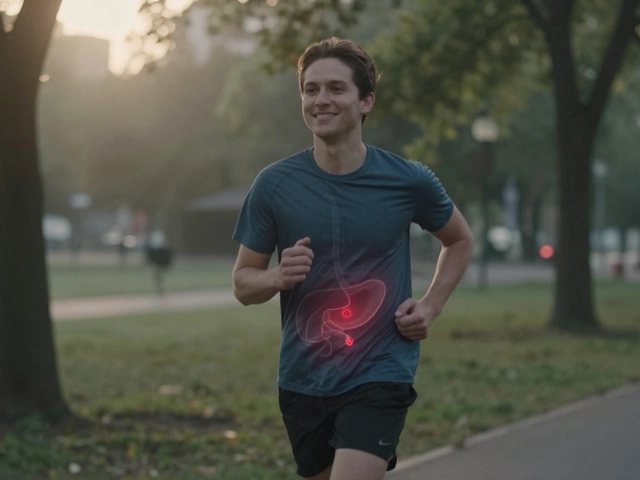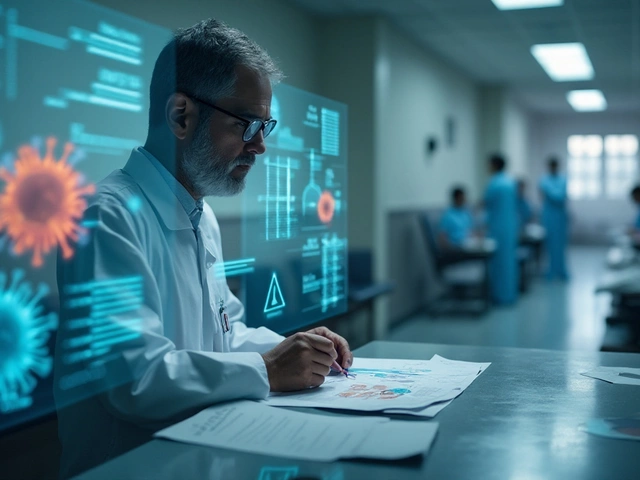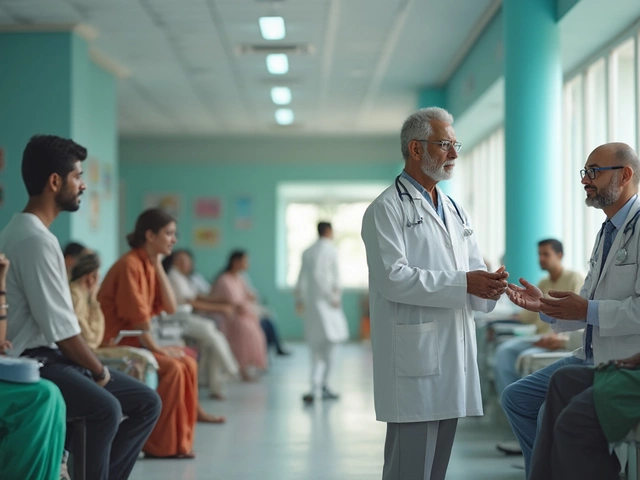Counterfeit Drugs in India: What They Are and Why They Matter
Every time you pick up a bottle of pills, you expect it to do what the label says. Unfortunately, counterfeit drugs slip into the supply chain and end up on shelves, in clinics, and even in online orders. These fake medicines can contain wrong ingredients, no active ingredient at all, or harmful substances that put your health at risk.
In India, the problem is bigger than you might think. The World Health Organization estimates that up to 20% of drugs in low‑and‑middle‑income countries are counterfeit. With a huge manufacturing base and a bustling market for cheap medicines, counterfeiters find easy ways to copy packaging, labels, and even barcodes. The result? Patients taking ineffective or toxic drugs, delayed recoveries, and higher medical costs.
How to Spot a Counterfeit Medicine
Spotting a fake isn’t rocket science, but it does require a bit of attention. First, check the packaging. Authentic drugs usually have clear, crisp printing, a uniform color scheme, and a visible batch number. If the text looks blurry, the colors are off, or the batch code seems missing, be cautious.
Second, look at the price. If a medication that normally costs a few hundred rupees is being sold for a fraction of that, it’s a red flag. Counterfeiters lure buyers with “too good to be true” offers, especially on online platforms that don’t verify sellers.
Third, trust your senses. A pill that smells chemical, looks misshapen, or dissolves too quickly may be fake. When in doubt, compare the tablet’s size, shape, and imprint with a genuine sample or official reference photos from the manufacturer’s website.
Practical Steps to Avoid Counterfeit Drugs
Start by buying from reputable pharmacies. Chain stores and hospital dispensaries follow stricter procurement rules and are less likely to stock fake products. If you need to order online, use platforms that require a prescription and display the seller’s license number.
Never skip the prescription label. Some counterfeit packs omit essential information like doctor’s name, dosage instructions, or expiry date. If that information is missing, ask the pharmacist for a new pack.
Keep records of where you bought the medicine. In case you experience unexpected side effects, having the purchase receipt helps authorities trace the source and prevents further distribution.
Report suspicions immediately. The Central Drugs Standard Control Organisation (CDSCO) and the State Drug Controllers have hotlines for reporting fake drugs. Your call can trigger a recall and protect others.
Finally, educate yourself and family members. Share these tips with anyone who buys medicine, especially elderly relatives who might rely on local shops. Awareness is the best defense against counterfeit drugs.
Counterfeit drugs are a hidden danger, but they’re not unbeatable. By staying alert, buying from trusted sources, and reporting doubts, you can keep your medicine safe and your health on track.
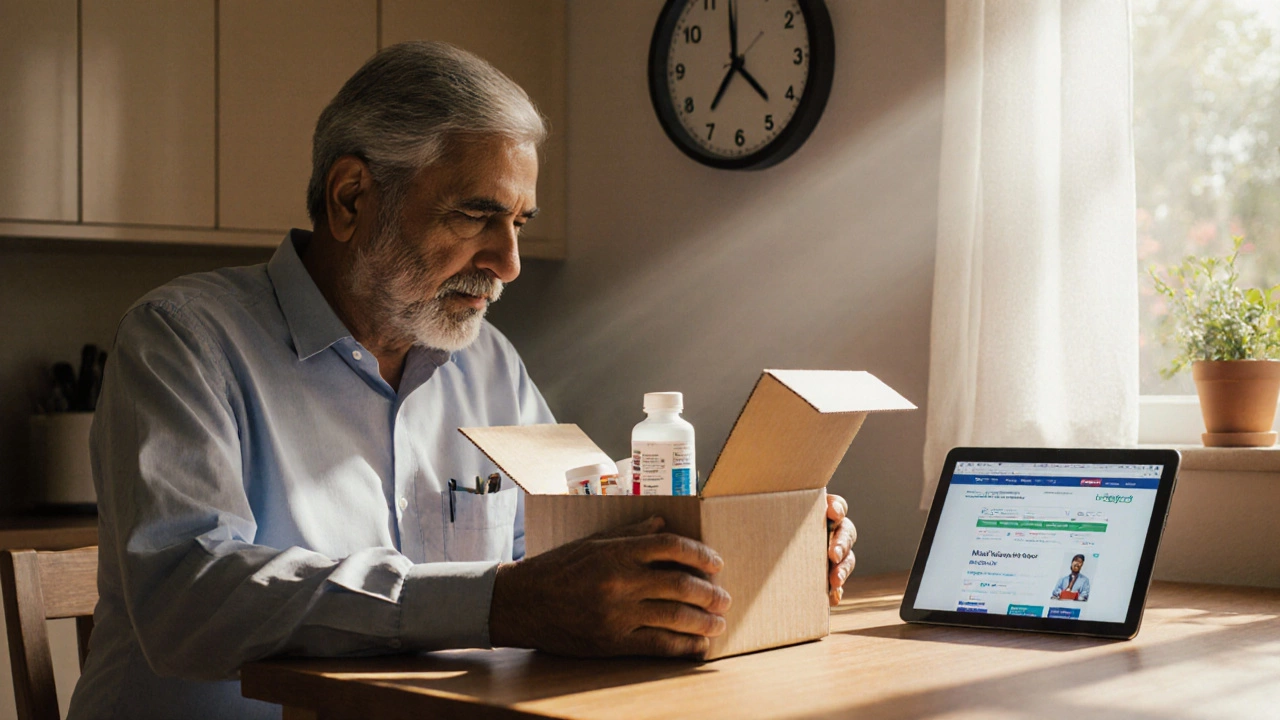
Mail‑Order Pharmacy Disadvantage: What You Need to Know
Explore the key disadvantages of using a mail‑order pharmacy, from shipping delays to privacy risks, and learn practical steps to stay safe.
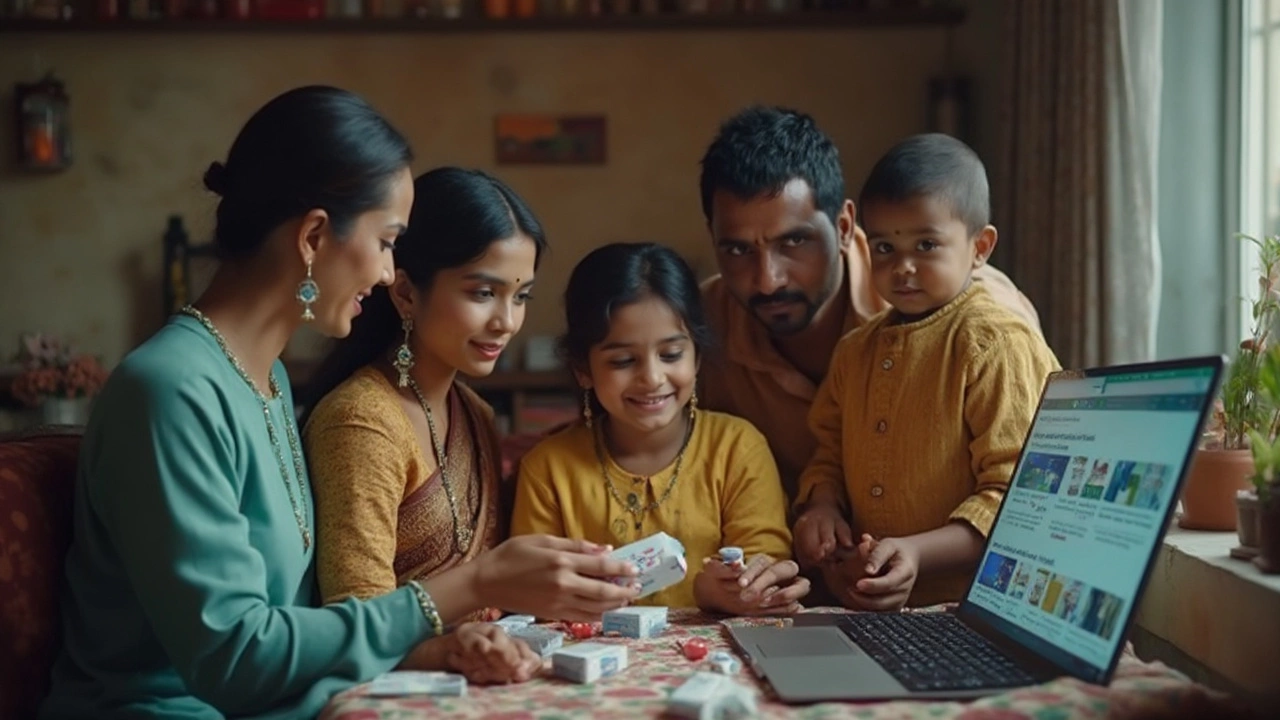
Online Pharmacies: What Risks Should You Know About?
Online pharmacies can be super convenient, but they also come with risks that aren't always obvious. You might get fake pills, fall into scams, or end up sharing your data with the wrong people. Prescription rules and drug quality often slip through the cracks online. Here, you'll see clear tips and real dangers to watch for before making any online medicine orders.
